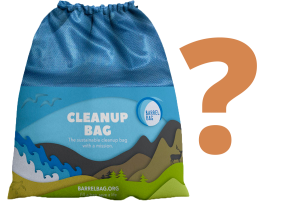Microplastics: Beyond the Ocean Floor
Microplastics have quickly made their mark on both land and sea creatures. The minute fragments of plastic have become a ubiquitous presence in our oceans, lakes, and rivers. As these particles continue to accumulate in aquatic ecosystems, they are increasingly making their way into the bodies of marine life, including fish. But it is not just fish that the plastic is affecting. Recent research suggests that annually, humans consume “anywhere between 39,000 and 52,000 particles,” depending on age and sex.
“We have established that there are discernable quantities of microplastics, their size ranging between 1µm and 5mm, that have made their way into our bloodstream, brain, semen, and food,” says Interesting Engineering.
But it doesn’t stop there. As per the American Chemical Society’s study, microplastics are being found in heart tissue as well. The scientists examined the heart tissues of 15 individuals before and after they had heart surgery. By using a laser-based infrared chemical imaging system and scanning electron microscopy for their study, they found microplastics in tissues extracted both before and after the procedure. Moreover, blood samples were gathered from half of the participants, again, both before and after the surgery. In the blood samples, a total of nine distinct kinds of microplastics were identified, present in both samples. The largest observed diameter of these microplastics was measured at 184 μm.
Within the blood samples, alterations in the size distribution and types of microplastics were observed following the surgical procedure, indicating the possible introduction of microplastics into the body during the surgery.
“Further research is needed to examine the impact of surgery on microplastic introduction and the potential effects of microplastics in internal organs on human health,” noted the researchers in the study.
Sources:


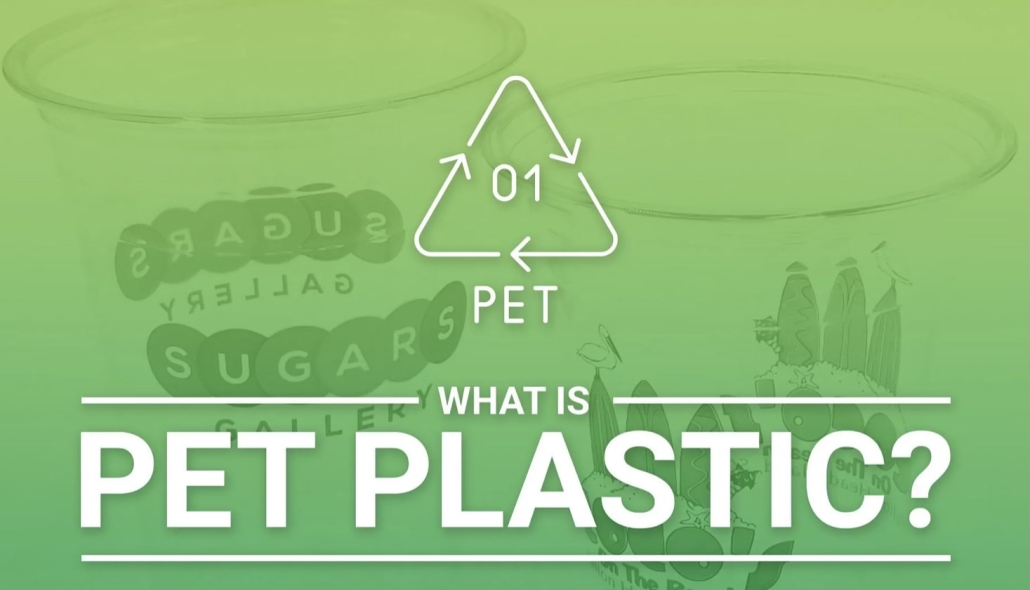




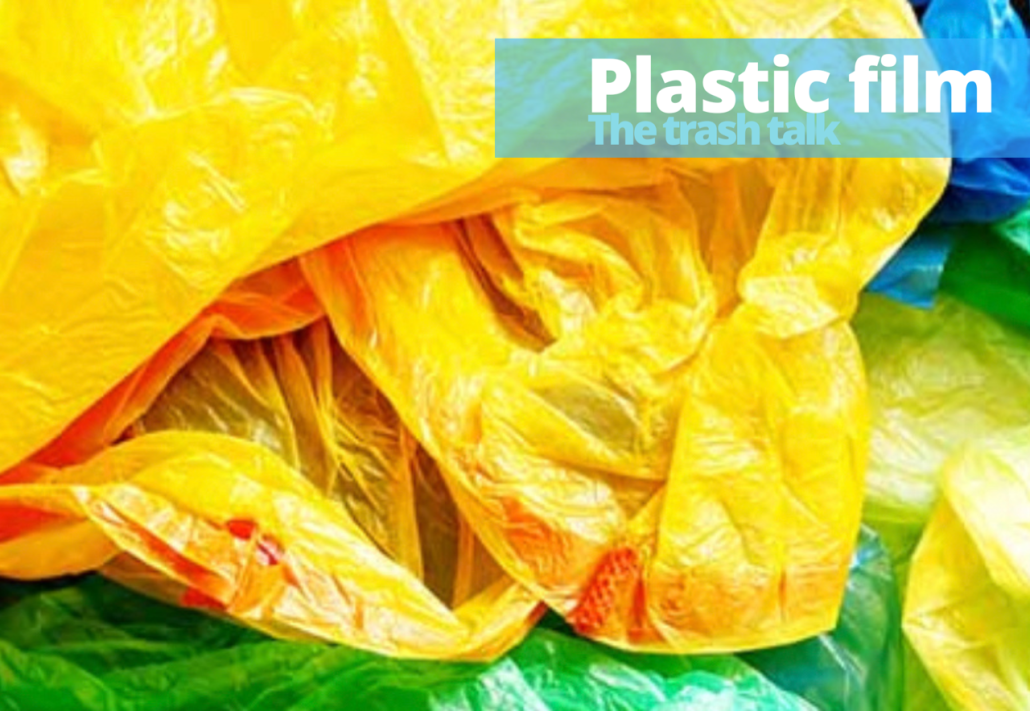



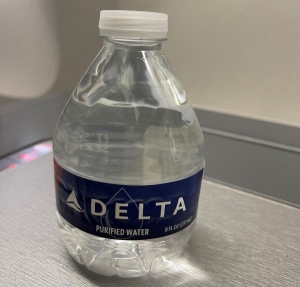

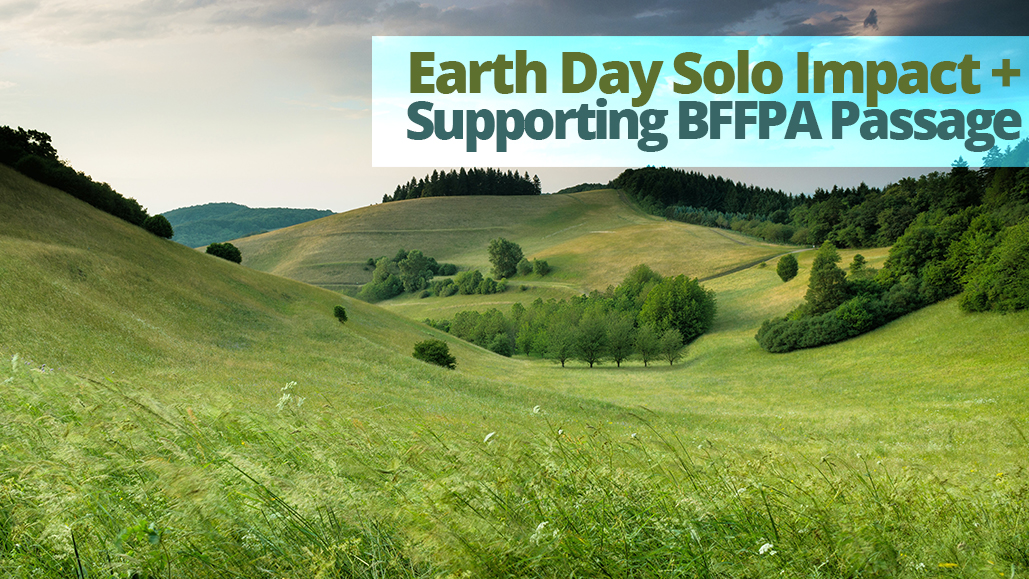
 SUPPORT
SUPPORT take a minute or two to contact your representative. Shoutout to Beyond Plastics for a great breakdown of the BFFPPA.
take a minute or two to contact your representative. Shoutout to Beyond Plastics for a great breakdown of the BFFPPA.

